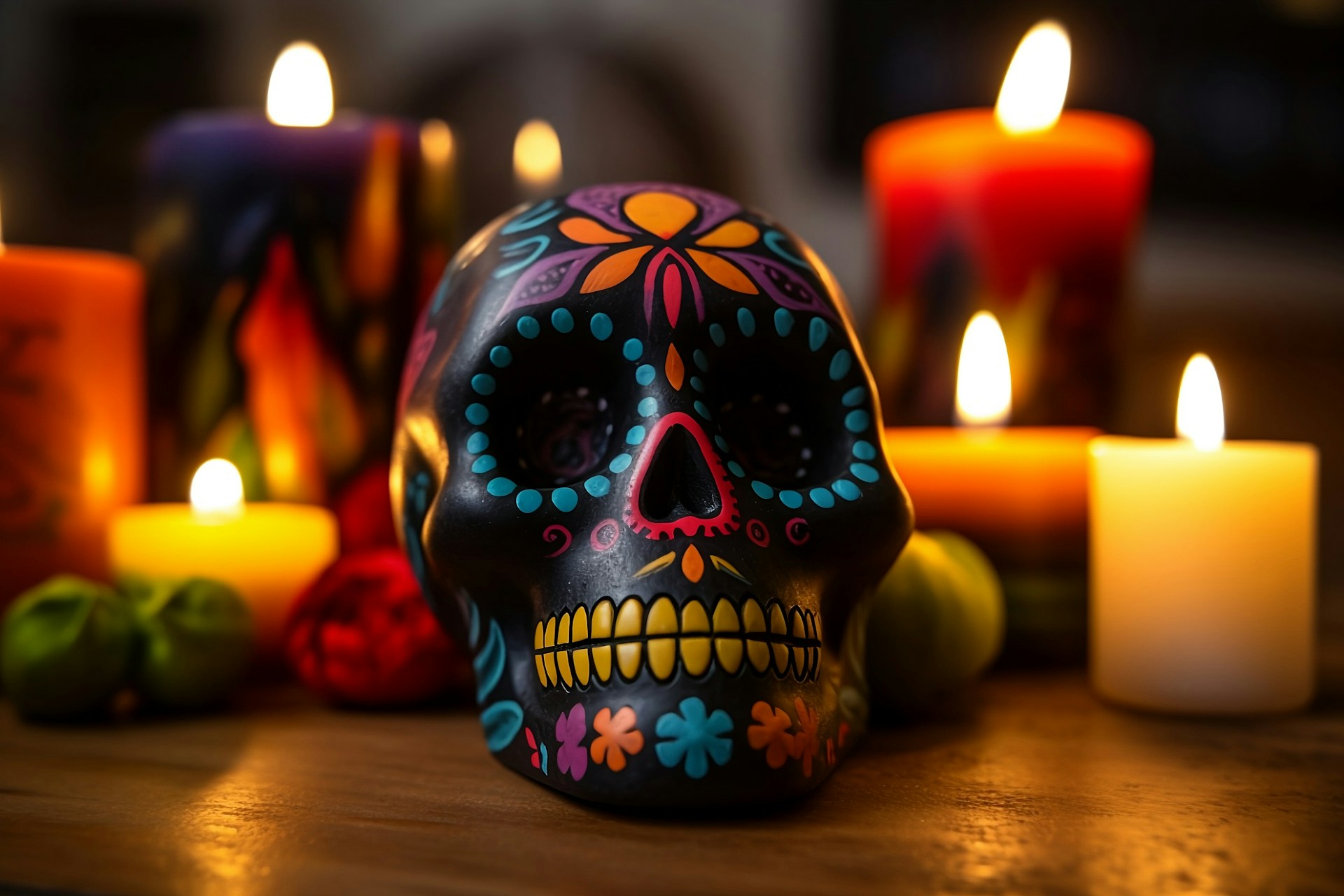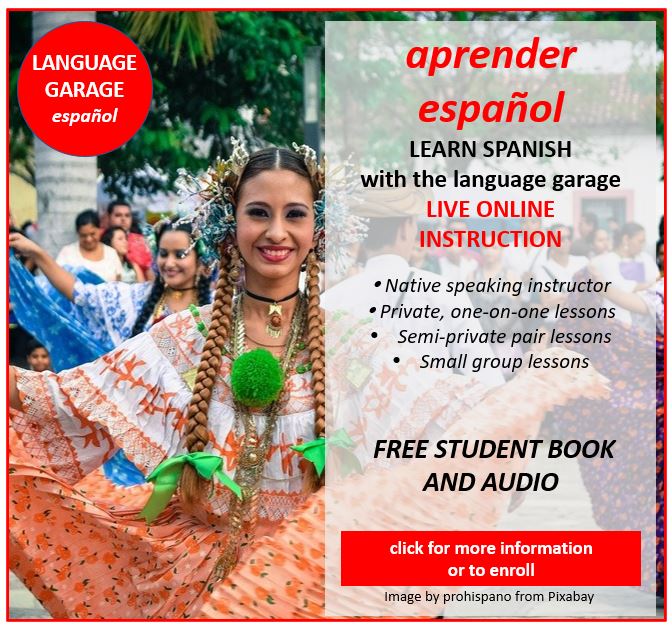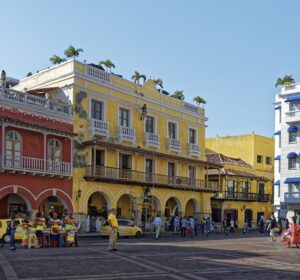Día de los Muertos: Mexico’s Day of the Dead is A Celebration of Life and Memory
Día de los Muertos, or Day of the Dead, is a vibrant and deeply meaningful holiday observed primarily in Mexico and among Mexican communities worldwide. This celebration takes place on November 1st and 2nd, and people often mistakenly think of it as a Mexican version of Halloween. But the two holidays are fundamentally different. Halloween focuses on spooky themes and fear, but Día de los Muertos is a joyful celebration of life and death. It honors difuntos or difuntas, deceased loved ones, and keeps their memories alive.
Origins of Día de los Muertos
The origins of this unique holiday date back thousands of years to indigenous cultures in Mexico, particularly the Aztecs and other Mesoamerican civilizations. These ancient cultures believed that death was a natural part of life. They celebrated the dead as just another part of the ongoing cycle of existence. People held festivals and rituals to honor the spirits of their ancestors. They believed that the souls of the dead would return to the world of the living at certain times of year.
After the Spanish colonization in the 16th century, the indigenous traditions merged with Catholic practices. This fusion gave birth to the modern Día de los Muertos. Today, the holiday coincides with All Saints’ Day and All Souls’ Day, Catholic observances that also focus on the remembrance of the dead.
Symbols of Day of the Dead
One of the most recognizable symbols of Día de los Muertos is the ofrenda, or altar. Families set up ofrendas in their homes or at gravesites to honor their deceased relatives. These altars are often adorned with photographs of the departed, as well as candles, and marigolds, called caléndulas or cempasúchiles. They may also include the favorite foods and beverages of the deceased. Each item on the ofrenda carries symbolic significance. Marigolds, with their bright color and scent, are believed to guide the spirits back to the world of the living. Candles represent the light that helps guide the spirits, while food and drinks offer nourishment for their journey.
Sugar skulls, or calaveras, are another iconic element of Día de los Muertos. These colorful, decorative skulls are often made of sugar or chocolate and can be personalized with the names of the deceased. Calaveras are not morbid. The skulls are a playful reminder that we shouldn’t fear death, but rather embrace it as a part of life. Another sweet treat associated with Día de los Muertos is pan de muerto (bread of the dead). This is a sweet bread flavored with anis seeds and orange zest. Pan de muerto usually has skulls or bones on it.
In many regions of Mexico, families also visit cemeteries to clean and decorate the graves of their loved ones. They bring offerings and sometimes even spend the night at the gravesite. There they share stories, music, and food in a festive, communal atmosphere. The belief is that, during these two days, the spirits of the deceased return to visit with their families. So the holiday is a time for the living to reconnect with those who have passed on.
Around the World
Día de los Muertos has gained popularity and recognition worldwide, especially in the United States. Many communities in the US celebrate it with parades, festivals, and public ofrendas. Recent popular media has also featured the holiday, for example the 2017 animated film by Pixar and Disney, Coco. This delightful film brough the rich colors and traditions of Día de los Muertos global audiences.
At its heart, Día de los Muertos is a celebration of life, memory, and love. It reminds us that those we have lost remain with us as long as we continue to remember them. Through vibrant colors, joyous gatherings, and meaningful traditions, Día de los Muertos serves as a powerful reminder that death is not an end, but just a continuation of life’s eternal cycle.
Learn Spanish with the Language Garage!
We hope you’ve enjoyed learning a little bit about Día de los Muertos, Mexico’s Day of the Dead. If you’re interested in learning more, check out our other posts on Spanish language, culture, and more. If you’re looking for convenient and affordable live Spanish lessons with a real teacher, visit The Language Garage. Our lessons are affordable and fun, and they’re given online in a virtual classroom, so it doesn’t matter where you live or work – we can come to you. We have flexible options, with a free trial so that you can decide if there’s a fit. Check us out!
Photo by Brian Wegman on Unsplash






